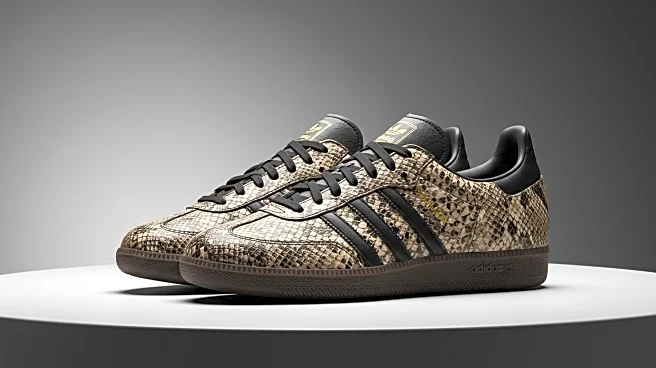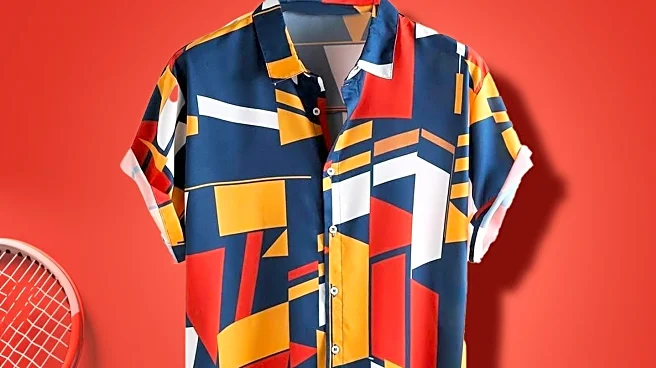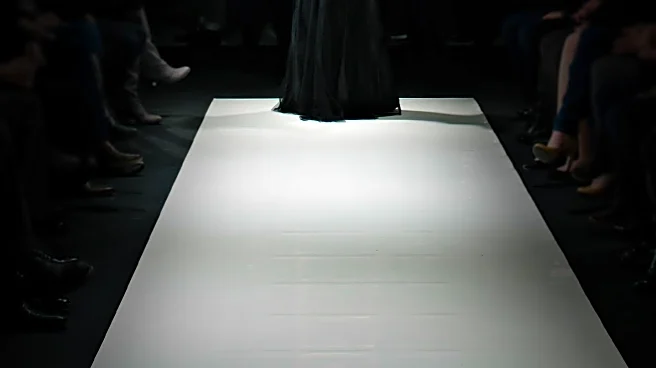What is the story about?
What's Happening?
Pinterest's fall 2025 trend report reveals a significant shift towards thrifting among Gen Z consumers. The report, based on data collected from January to March 2025, shows a surge in interest for secondhand items across various categories, including fashion and home decor. Pinterest has launched Thrift Shop, a platform for users to browse and purchase vintage and secondhand items, partnering with global vintage retailers. The report highlights a 550% increase in searches for 'dream thrift finds' and a 1,000% rise in 'vintage fall aesthetic' searches. Gen Z is driving this trend, seeking unique and personalized styles by mixing old and new elements.
Why It's Important?
The growing interest in thrifting reflects broader economic and cultural shifts. As living costs rise, consumers are increasingly turning to secondhand markets to save money. This trend also aligns with sustainability goals, as thrifting reduces waste and promotes recycling. Retailers are adapting by offering more vintage and secondhand options, tapping into Gen Z's desire for personalized and meaningful purchases. The trend could reshape retail strategies, emphasizing creativity and sustainability over mass production. This shift may benefit businesses that focus on unique, curated offerings, potentially impacting the global apparel market.
What's Next?
Pinterest's Thrift Shop initiative may encourage other platforms to explore similar ventures, integrating shopping experiences with social media. Retailers might increase collaborations with thrift stores and vintage sellers to meet consumer demand. As thrifting becomes mainstream, businesses could invest in marketing strategies that highlight sustainability and personalization. The trend may also influence fashion design, with more emphasis on retro and vintage styles. Continued growth in the secondhand market could lead to regulatory changes, affecting tariffs and trade policies related to apparel.
Beyond the Headlines
The thrifting trend raises ethical considerations about consumerism and environmental impact. It challenges traditional retail models, pushing for more sustainable practices. The focus on personalization and unique styles may lead to cultural shifts, valuing individuality over conformity. As Gen Z influences market dynamics, businesses must navigate changing consumer expectations, balancing profit with ethical responsibilities. The trend could also impact employment in the retail sector, with potential growth in jobs related to vintage and secondhand markets.
AI Generated Content
Do you find this article useful?











